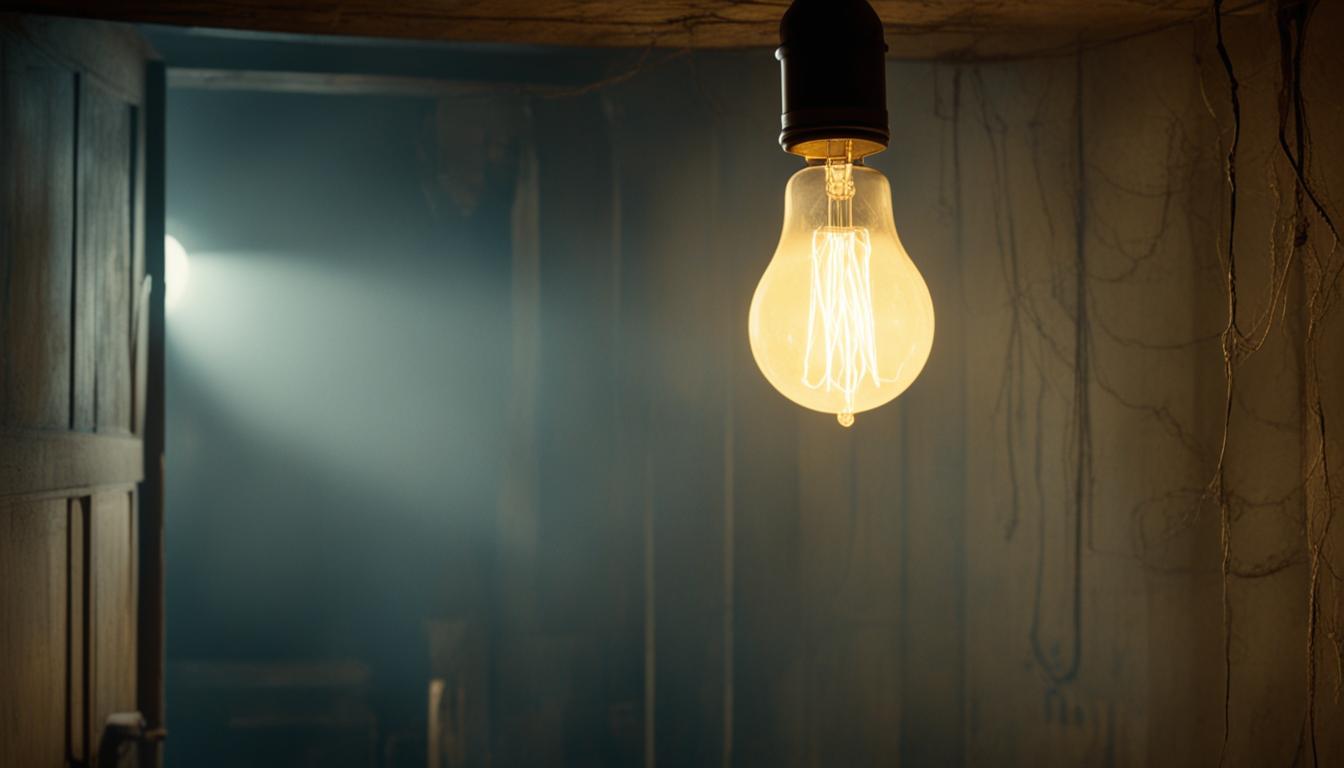In Livermore, California, a remarkable piece of history shines bright. The Centennial Light has illuminated the Livermore-Pleasanton Fire Department since 1901. It’s recognized as the oldest light bulb in continuous operation.
This incredible feat of engineering has captured worldwide attention. It stands as a testament to early 20th-century technology. The bulb’s story is one of resilience and endurance.
Manufactured by the Shelby Electric Company, this incandescent bulb has defied the odds. It has surpassed the average lifespan of modern bulbs by over a century. Its longevity is due to low wattage and continuous operation.
The dedication of firefighters has ensured its survival through the decades. They’ve maintained this unique piece of history with care and pride.
The bulb’s significance goes beyond its record-breaking burn time. It symbolizes the technological advancements of early electric lighting. It also shows the potential for building products with exceptional durability.
Various organizations have recognized the Centennial Light. These include The Guinness Book of World Records and Ripley’s Believe It or Not! Its place in history is firmly cemented.
Key Takeaways
- The Centennial Light in Livermore, California, is the oldest known continuously operating light bulb, burning since 1901.
- Manufactured by the Shelby Electric Company, the bulb has far surpassed the average lifespan of modern light bulbs.
- Factors contributing to its longevity include low wattage, continuous operation, and dedicated maintenance by firefighters.
- The bulb serves as a symbol of early 20th-century technological advancements and the potential for product durability.
- The Centennial Light has been recognized by The Guinness Book of World Records and Ripley’s Believe It or Not!
The Centennial Light: A Brief History
The Centennial Light has illuminated the Livermore-Pleasanton Fire Department since 1901. This carbon-filament bulb was made by the Shelby Electric Company in Ohio. It’s a testament to the ingenuity of its time.
Adolphe Chaillet, a French engineer, patented the socket technology used in the bulb. Dennis Bernal donated it to the fire department in 1901. Bernal owned the Livermore Power and Water Company.
The Centennial Light has graced at least four different locations. These include a hose cart house and a shared garage. In 1972, reporter Mike Dunstan discovered the bulb’s extraordinary longevity.
This Shelby Electric Company creation has shone for over a century. It reminds us of early electric lighting. The bulb’s endurance highlights the importance of preserving historical artifacts.
Characteristics and Specifications of the Bulb
The Centennial Light, an incandescent light bulb, has shined non-stop since 1901. It began as a 60-watt bulb but now glows like a 4-watt nightlight. This long-lasting bulb showcases excellent craftsmanship and materials.

The Centennial Light boasts a hand-blown glass bulb and carbon filament. Its high-quality parts include a brass base and glass envelope. The Shelby Electric Company made this bulb in Ohio during the 1890s.
Many similar bulbs from that era still work today. The carbon filament slowly evaporates, causing the bulb to use less power. This change lets it work as a low-power nightlight for over a century.
The Centennial Light shows how durable early incandescent light bulbs can be. It proves that well-made items can last a long time. This bulb keeps working even as lighting tech has greatly improved.
California’s Century-Old Light Bulb: Reasons for Longevity
The Centennial Light has shone for over a century due to several key factors. It’s rarely been turned off, reducing stress on its components. This constant illumination has minimized temperature fluctuations that can damage the filament.
The bulb’s unique construction plays a vital role in its longevity. It features a thick, durable carbon filament. High-quality components like a brass base and glass envelope also contribute to its exceptional lifespan.
Low wattage is another crucial factor in the bulb’s endurance. It now operates at just 4 watts, down from 60. This reduced power puts less strain on the filament. The high nitrogen atmosphere inside also helps preserve its function.
Unlike modern bulbs designed for planned obsolescence, the Centennial Light showcases enduring quality. Its continuous operation and durable design have made it the world’s longest-burning light bulb. It stands as a testament to craftsmanship from a bygone era.
Public Recognition and Media Attention
The Centennial Light’s longevity has captivated media outlets and the public. In 1972, Guinness World Records named it “the most durable light.” The bulb’s fame has also been featured in Ripley’s Believe It or Not!
The Centennial Light has appeared in many magazines, newspapers, and TV programs. It has received recognition from government officials, including President George W. Bush. Popular science shows like MythBusters have tested its longevity.
California’s Gold with Huell Howser highlighted the bulb’s significance in state history. The podcast 99% Invisible explored factors contributing to its remarkable lifespan. Web series and online platforms have further boosted its cultural icon status.
The bulb’s enduring presence reminds us of past ingenuity and craftsmanship. It showcases the importance of preserving our technological heritage. The Centennial Light reflects lighting technology advancements since its 1901 installation.
Similar to how New England experienced vampire panics due to limited medical knowledge, this bulb represents progress. It stands as a testament to how far we’ve come in understanding and developing technology.

Leave a Reply